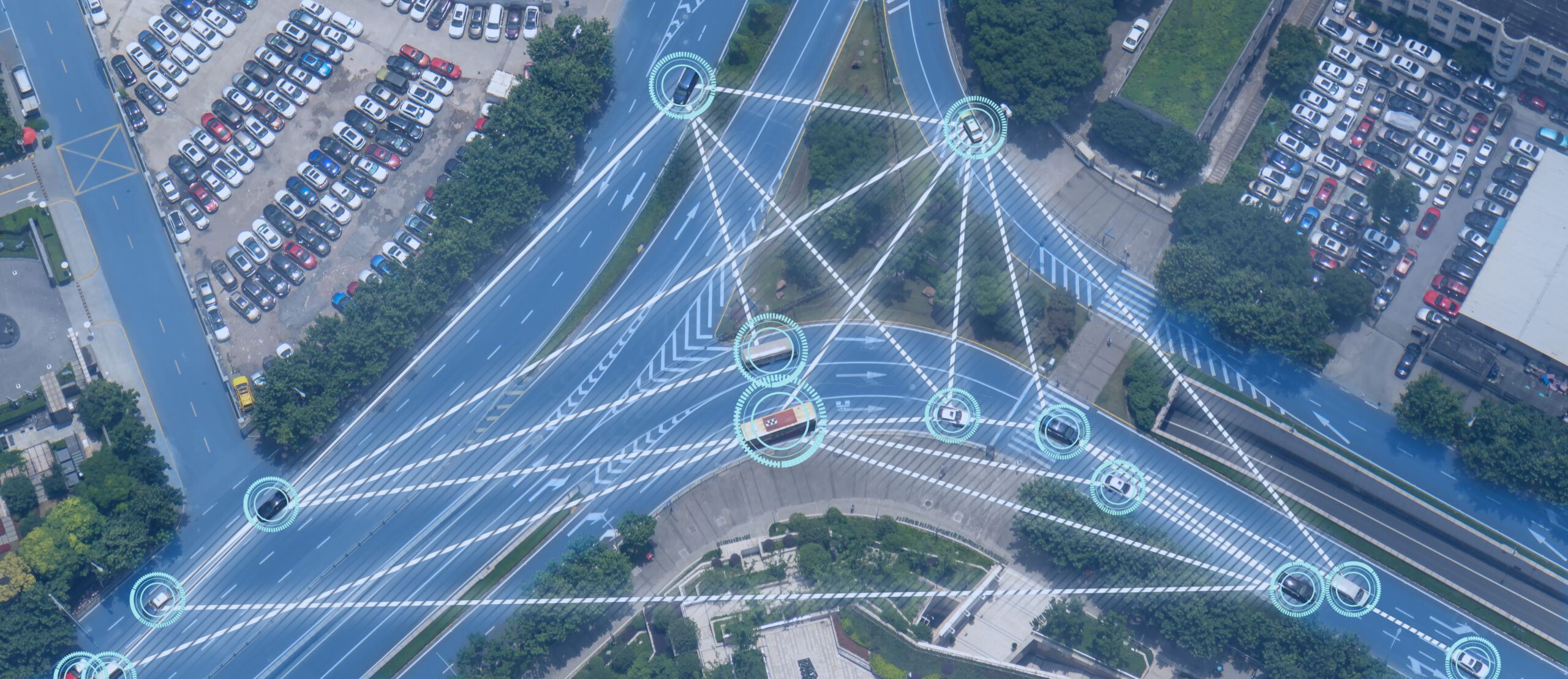Siemens startup aims at accelerating AV deployment

A handful of interconnected and powerful trends are driving the automotive industry in exciting new directions, spurring much speculation around the mobility systems of the future. The explosive growth of vehicle electrification in recent years is indicative of the deep disruptions currently shaking the automotive industry. And while the widespread adoption of all electric powertrains is certainly a major change, the increasing importance of software and electronics to even basic vehicle features and functionality opens up entirely new possibilities for how we use and interact with our cars. Indeed, onboard software and electronics have already changed how we use and perceive our vehicles. Features like smartphone connectivity, entertainment options, onboard wifi and other creature comforts have changed vehicles from mere transportation to mobile hubs of productivity, connectivity, comfort, and more.
Yet, many experts expect embedded software and electronics will ultimately do more to transform personal mobility than electrified powertrains ever could. Powered by sophisticated algorithms, cutting-edge silicon chips, and powerful sensor devices, fully self-driving vehicles (aka autonomous vehicles and abbreviated as AVs) will be able to freely navigate complex driving environments with no human intervention whatsoever. Should such a vehicle become reality, it could lead to an entirely new transportation system.
But, let’s not get ahead of ourselves. Most industry experts don’t foresee this technology being ready for years to come, if at all. Fully autonomous vehicles (AVs) are expected to incorporate some of the most complex electronic and software technologies ever produced. For example, the silicon chips providing onboard processing will likely be among the most powerful to date, as they gather and process terabytes of data every second from the various sensor systems around the vehicle. Integrating these advanced components in a package that is attractive, power-efficient and safe is certainly a towering roadblock.
Furthermore, self-driving vehicles will require extensive testing, verification and validation to ensure the safety of self-driving systems. In fact, Rand Corporation has calculated that it requires more than 17 billion kilometers of test driving to demonstrate a failure rate significantly better than humans. Clearly, accomplishing all of this testing with real-world prototypes is not feasible. Instead, real-world testing must be augmented with high-fidelity simulations that can help design teams gather vital information more quickly and cost-effectively. With a combined approach, AV engineering teams will be able to investigate and account for exceptional on-road scenarios more effectively, thus improving the safety of their AV systems.
A new startup venture from Siemens, called Simulytic, thinks that simulation can do even more to bring AVs onto public roads in a safe and effective manner. The new company aims to use digital twin technology and synthetic data to improve our understanding of how AVs will impact real-world driving scenarios. Thus far, developers of AVs have, understandably, been focused on developing and maturing their self-driving systems to safely navigate complex and dynamic driving environments. This vehicle-level analysis is critical to building an AV, but it only represents the actions or decisions of one actor within a complex situation. What’s missing is an understanding of how these vehicles will impact the overall driving environment, as measured by traffic flow, congestion, safety and other aspects of real-world driving scenarios.
Instead of focusing on the solely on the self-driving vehicles, Simulytic will start by investigating and developing risk factors for the operational domain in which the vehicle will exist. The first step is to build a digital twin of the actual geographic area in which the AV will be deployed using 3D models derived from high-definition maps. Then, this digital twin can be populated with a representative mix of traffic types, including vehicles, pedestrians, cyclists, and more, as well as the actual traffic infrastructure in the area, such as stop signs, traffic signals, and road markings. Behavior models for the simulated road users are constructed based on the actual driving habits of locals in the area of interest. And the real-world activity in the area can guide variance in the simulations, including driving velocities, weather conditions, visibility, and the quality of the road signs and markings. These capabilities will allow Simulytic to prepare comprehensive, accurate, and objective assessments of risk factors, incident probabilities, traffic flow, congestion patterns and more for deployment areas around the world. And all the while the company is creating a library of simulated driving data in digital twins of real deployment areas that can be continuously enhanced with real-world activity. With these digital tools at our disposal, Simulytic believes we can overcome the challenges of AV deployment in the real world, acclerating our progress towards the mobility systems of tomorrow.


